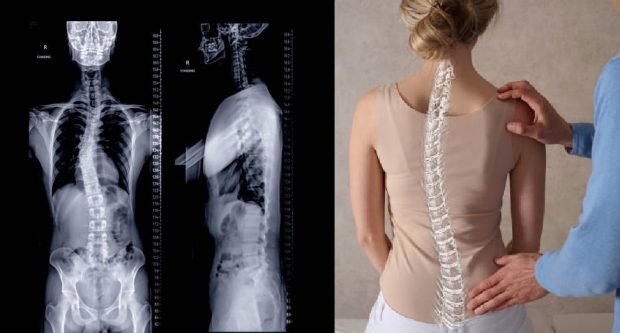The Benefits of Pilates for Scoliosis
Scoliosis, a condition characterised by an abnormal curvature of the spine, can lead to discomfort, pain, and a decrease in overall quality of life. Managing scoliosis often involves various treatments and exercises, among which Pilates has emerged as a particularly effective approach. Known for its emphasis on core strength, mobilisation, alignment, and controlled breathing, Pilates offers a range of benefits for individuals with scoliosis.
Improved Posture and Alignment
One of the primary benefits of Pilates for scoliosis is its focus on improving posture and spinal alignment. Pilates exercises are designed to enhance body awareness and encourage proper alignment of the spine. Through controlled movements and precise techniques, Pilates helps to correct imbalances, promoting a more decompressed spine position. This can reduce the appearance of the curvature and alleviate related discomfort.
Strengthening Core Muscles
A strong core is essential for supporting the spine and maintaining good posture. Pilates places a significant emphasis on strengthening the deep abdominal and back muscles, which form the foundation of a stable core. For individuals with scoliosis, a robust core can help to support the spine more effectively, reducing strain on the surrounding muscles and ligaments. This improved support can lead to a reduction in pain and an increase in functional movement.
Increased Flexibility
Scoliosis can often lead to stiffness and a reduced range of motion in the spine and surrounding muscles. Pilates incorporates stretching and flexibility exercises that target these areas, helping to increase overall flexibility. Improved flexibility can ease muscle tension, enhance mobility, and contribute to a more balanced and aligned posture. This can be particularly beneficial in reducing the discomfort and limitations associated with scoliosis.
Pain Relief
Chronic pain is a common issue for many individuals with scoliosis. The gentle, low-impact nature of Pilates makes it an ideal exercise regimen for pain management. By improving posture, strengthening the core, and increasing flexibility, Pilates can help to alleviate the muscle imbalances and tension that often contribute to pain. Additionally, the focus on controlled, mindful movement in Pilates can promote relaxation and reduce stress, further aiding in pain relief.
Enhanced Body Awareness
Pilates encourages a heightened sense of body awareness, teaching individuals to recognise and correct poor movement patterns and postural habits. For those with scoliosis, this increased awareness can be particularly valuable in managing the condition. By understanding how their bodies move and where they hold tension, individuals can make conscious adjustments to their posture and movement, leading to better alignment and less discomfort.
Breath Control and Its Benefits
Breathing is a fundamental aspect of Pilates, and its benefits extend significantly to individuals with scoliosis. Proper breathing techniques in Pilates help to engage the diaphragm and core muscles, supporting better posture and spinal alignment. Deep, controlled breathing can also enhance oxygen flow to the muscles, reducing tension and promoting relaxation.
For those with scoliosis, specific breathing exercises can help to expand the ribcage and improve lung capacity, which may be compromised by the spinal curvature. Lateral or ribcage breathing, a technique often used in Pilates, focuses on expanding the sides of the ribcage, which can help to create more space and mobility in the thoracic region. This can be particularly beneficial for individuals with scoliosis, as it encourages a more balanced and aligned posture.
Additionally, the mindful nature of breathing in Pilates promotes a sense of calm and reduces stress, which can be helpful in managing chronic pain and discomfort associated with scoliosis. By incorporating breathing exercises into their routine, individuals with scoliosis can experience improved overall well-being and enhanced functional movement.
Customized and Adaptable Workouts
One of the key advantages of Pilates is its adaptability. Pilates exercises can be tailored to meet the specific needs and limitations of individuals with scoliosis. Whether practicing on a mat or using specialised equipment like the Reformer, Cadillac, Pilates Chair, Barrels and much more, comprehensively qualified Pilates instructors can tailor exercises specifically to ensure they are safe and effective for each individual. This personalised approach makes Pilates a versatile and accessible option for people with varying degrees of scoliosis.
GETTING STARTED!
PFI is proudly a Scoliosis Specialist Pilates provider with our highly qualified team having undertaken the world renowned ScolioPilates training methodology. Head to our Scoliosis Pilates page here to find out about our Scoliosis Pilates Introductory Packages to get started.
